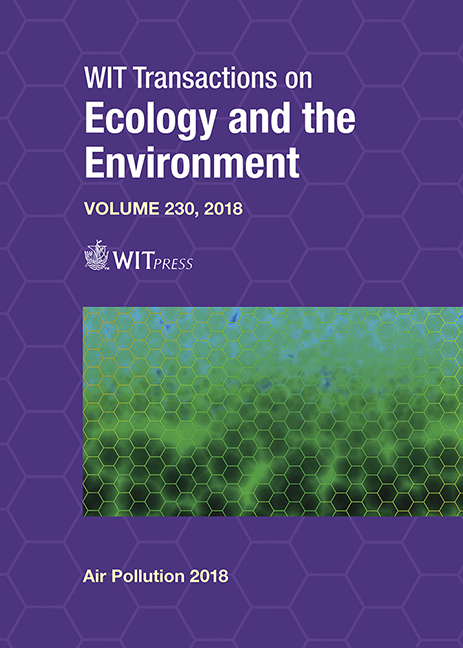A METHOD FOR DERIVING AEROSOL OPTICAL DEPTH FROM METEOROLOGICAL SATELLITE DATA
Price
Free (open access)
Transaction
Volume
230
Pages
5
Page Range
65 - 69
Published
2018
Paper DOI
10.2495/AIR180061
Copyright
WIT Press
Author(s)
KORNTIP TOHSING, SERM JANJAI, ITSARA MASIRI, SOMJET PATTARAPANITCHAI, LADDAWAN BUAKHAO
Abstract
Aerosols are important agent of radiative forcing and climate disturbance, especially in a polluted environment. In general, the impact of aerosol on the climate depends on aerosol optical properties. One of important aerosol optical properties is aerosol optical depth (AOD). In general, AOD can be measured using ground-based sunphotometers. However, it is costly to deploy such instruments over a large area. Due to a lack of comprehensive measurement on a global scale, retrieval of aerosol information from some instruments on board satellites (e.g. MODIS and POLDER) has been developed. However, aerosol information from such satellites has relatively short historical records. In addition, such information is available only once or twice a day. Therefore, in this work, we propose a method for deriving AOD from meteorological geostationary satellite data. This is because geostationary satellites have advantage that they have longer historical data and their data are available on the hourly basis. According to the proposed method, a radiative transfer model, namely 6S, was used to construct series of look up tables (LUT) which contained pre-computed datasets including earth-atmospheric reflectivity, aerosol information and surface albedo. The satellite images in a visible channel were used to calculate the earth-atmospheric reflectivity data and these data were later employed as the main input of the method. In addition, the infrared images from the satellite were also used to identify cloud scene over the area. The value of AOD, which makes the value of the earth-atmospheric reflectivity from the LUT matching to the earth-atmospheric reflectivity obtained from the satellite data, will be considered as the true AOD. For the validation, the calculated AOD from this method was compared with the ground-based AOD measurements from NASA-AERONET. It was found that the measured and calculated AOD were in reasonable agreement.
Keywords
aerosol optical depth, radiative transfer, satellite data





